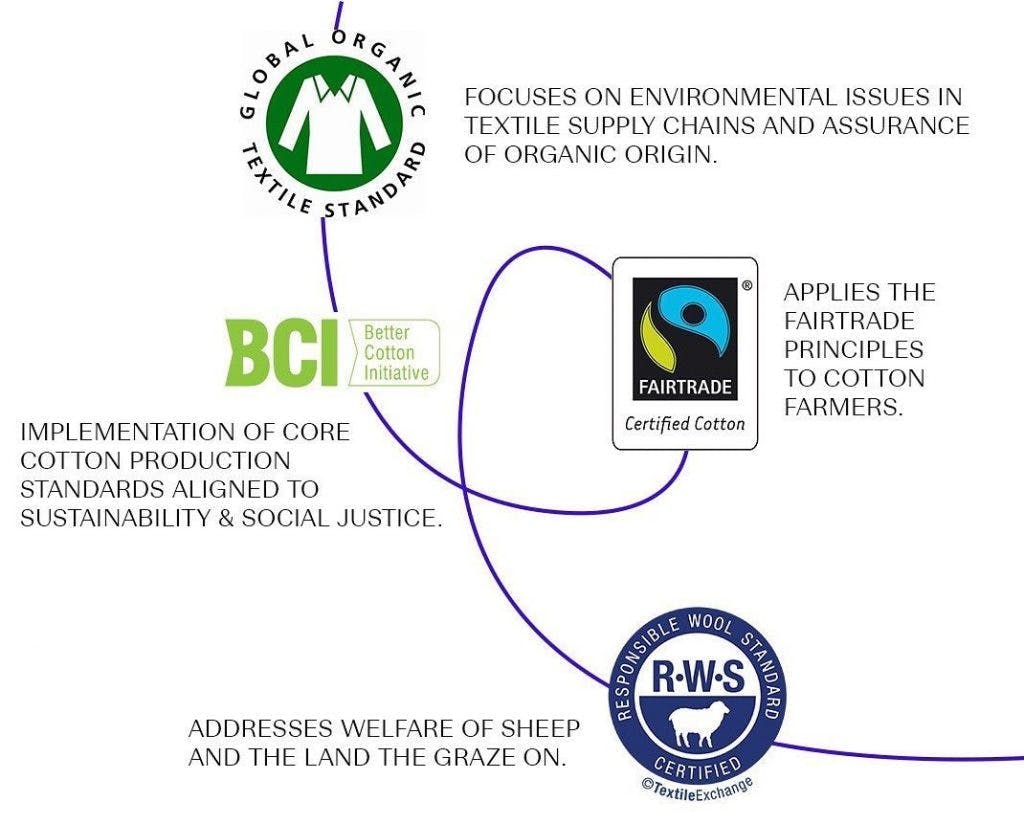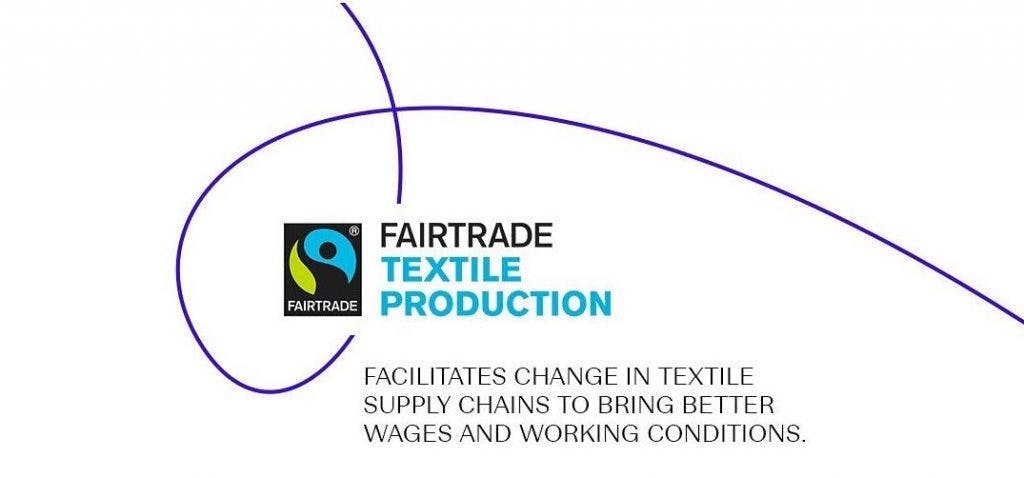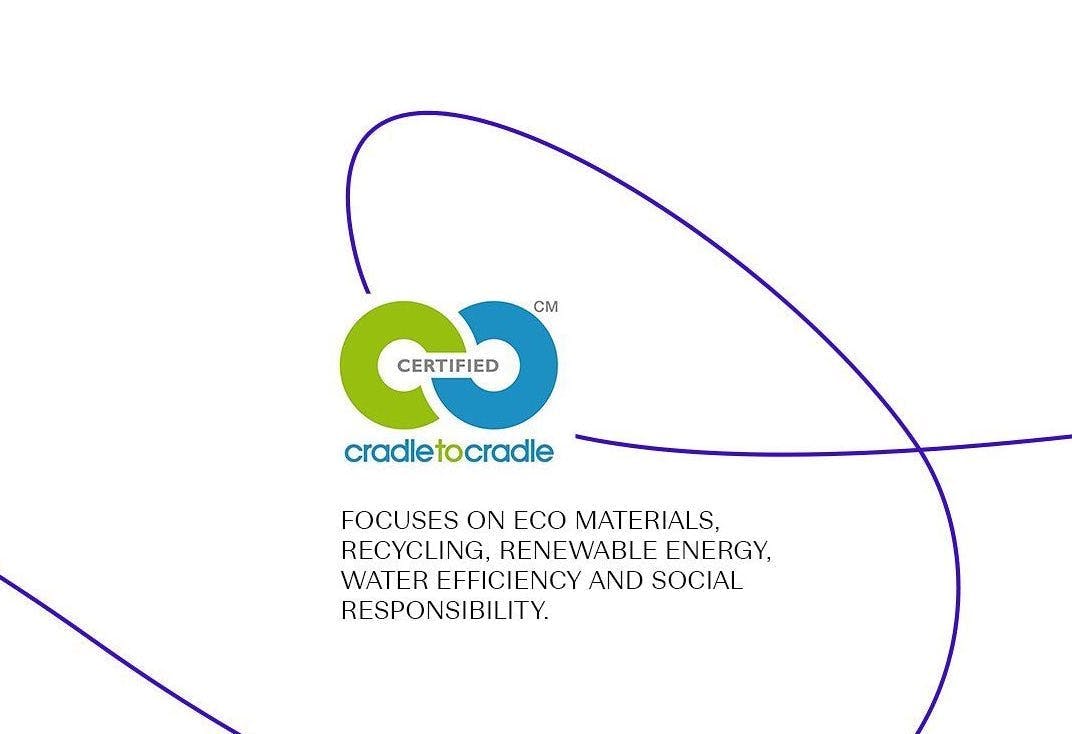
But if you want to change your consumption habits and know exactly how you are impacting your wardrobe and the world through your clothes, understanding what the main symbols mean is a great tool to shop more ethically and responsibly. So what now? You could Google each certificate manually, or, just use our quick guide below:
1. Fibre standards
When thinking Fibre standards, you could think that this only focuses on the fibre itself and its quality or origin. However, this isn’t the case. Fibre standards mean that every person and organisation that comes into contact with the fibre must also mean the standard.
Here are some of the key certifications:

2. Chemical control
As you may know, many companies use chemicals when dyeing or during the production of garments, which can be harmful to human lives, animals and the environment alike. Chemical control certifications enable us to get an idea of if a garment is harmful or not.
Check out these well know certifications:

3. Labour rights and working
Clothing companies have long had bad reputations for trying to pay workers as little as possible and making them work in terrible conditions. To make sure you are not contributing to a company that doesn’t put clothes before their workers, here is a certification you can look into:

4. Circular standards
Circular certifications focus on providing a holistic approach to sustainable textile production. This includes looking into materials, recycling, energy used…

5. Fairtrade
Fair trade certification works towards the following standards: transparent supply chains, minimum prices, fairer terms for producers and longer mead times for economic sufficiency and sustainability.

These aren’t all of the fashion sustainability certificates you can find, but they sure are a great start. Send us a message if there are any other fashion sustainability certificates you would like to know about and we could make a part 2.
Since we’re all about sustainability here, making sure you choose clothes that are ethical and responsible is a great step, but so is taking care of your clothes so they last as long as possible. Have a look at last week’s blog for some great caring tips.